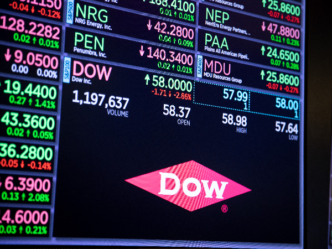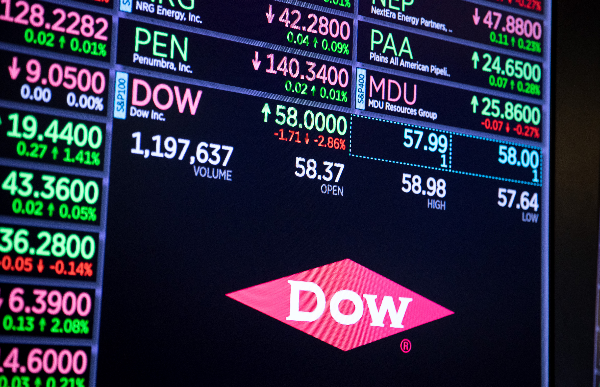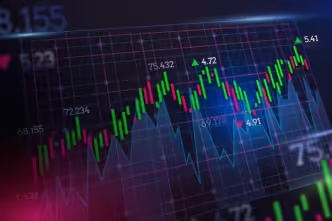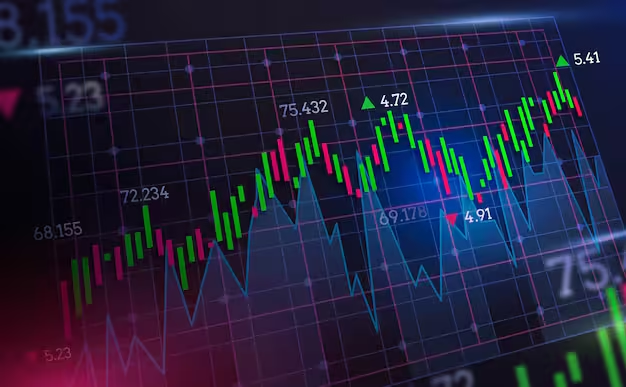Global financial markets are approaching a potential turning point that could define the next decade of investing. After months of relentless optimism and speculative buying, equities across the U.S., Europe, and Asia appear dangerously overextended, raising serious concerns among top macro strategists that the rally into year-end may in fact be a classic bull trap—a deceptive recovery designed to lure investors in before a devastating drop.
Despite positive headlines and record highs in major indices, the underlying financial system is showing signs of deep structural fragility. From credit stress to declining earnings quality, liquidity withdrawal and geopolitical instability, the market now stands at a precarious crossroads.
Market Euphoria vs. Real Risk
Stocks continue to rally even as warning signals multiply. Historically, crashes are often preceded by irrational market optimism—and that’s exactly what current positioning suggests.
| Market Indicator | Current Signal | Risk Level |
|---|---|---|
| S&P 500 Valuation (P/E) | Above 28x | Extreme |
| Margin Debt Levels | Rising rapidly | High |
| Volatility (VIX) | Near complacency lows | Dangerous |
| Corporate Earnings | Slowing | High |
| Liquidity Flows | Weakening | Severe |
| Bond Market Stress | Elevated yields | Critical |
Markets are not falling because fear is gone—they are rising because fear has been suppressed by speculative momentum, AI hype narratives, and central bank expectations. Historically, these are ideal conditions for major reversals.
What Is a Bull Trap — and Why Now?
A bull trap occurs when a market rally convinces participants that a new uptrend has begun—only to reverse sharply lower, trapping late buyers in heavy losses. This has been seen before:
- 2000 Dot-Com Crash: Markets surged into euphoria just months before a historic collapse.
- 2008 Financial Crisis: Banks rallied strongly before insolvency risk wiped out the sector.
- 2022 Bear Rally: Markets recovered, then collapsed to new lows.
Why analysts fear a bull trap now:
- Rally has been driven by only a few mega-cap tech stocks
- AI bubble sentiment echoes the dot-com narrative
- Weak breadth—most stocks are not participating in the rally
- Retail investors are chasing tops again
- Institutions are selling into strength
The Big Macro Problem: The World Can’t Afford High Rates Anymore
Global central banks may have paused interest rate hikes, but they haven’t decreased rates, pushing real borrowing costs to their highest levels in 20 years. The consequences are emerging:
✅ Credit cracks in the U.S. — Business bankruptcies are at a 13-year high
✅ Eurozone recession signals — Germany is dragging Europe into contraction
✅ Chinese deflation — Weak demand risks exporting a recession
✅ Emerging market debt crisis — Sovereign defaults rising
✅ Commercial real estate collapse — Office debt is triggering bank losses
The bond market is collapsing quietly underneath stocks, and historically—stocks always follow the bond market.
Technical Breakdown Is Imminent
Market technicians warn that current chart patterns mirror 2007 and 2000 tops. Several indicators have reached levels consistent with market exhaustion:
- RSI divergence on major indices
- Breadth indicators flashing sell
- S&P 500 hugging the upper Bollinger Band
- Nasdaq showing classic topping structure
- Dow Jones forming distribution zone
The breakdown trigger could come from any number of catalysts: inflation surprise, bond spike, geopolitical event, earnings warning, or a central bank policy shock.
Where the Crash Might Start
| Asset | Crash Risk | Trigger |
|---|---|---|
| U.S. Tech (AI Stocks) | Extreme | Earnings downgrade, NVIDIA/Apple correction |
| Europe (DAX, CAC) | High | German recession deep scenario |
| China Stocks | Severe | Real estate collapse |
| Japan (Nikkei) | High | Yen intervention shock |
| Global Banks | Severe | Loan defaults |
| Crypto | Extreme | Liquidity drain |
| Real Estate | Extreme | Refinancing cliff |
Why Most Investors Are Unprepared
The current market complacency is historically dangerous. Positioning data shows:
- Funds are heavily long risk, minimal hedges
- Retail traders all-in on options
- “Buy the dip” mentality back in full force
- Defensive assets massively underowned
This is exactly what the market looks like before a violent correction.
What Happens Next: Two Scenarios
| Scenario | Description | Probability |
|---|---|---|
| Bull Trap Reversal | Sharp drop of 12–18% over weeks | High |
| Full Bear Collapse | Crash of 30–50% triggered by credit crisis | Medium |
Analysts warn: Timing may be sudden. Bull traps don’t warn—they snap.
Survival Strategy — Protect Before It’s Too Late
Investors can still act:
✅ Raise cash — reduce leverage
✅ Rotate to safety — energy, defense, utilities
✅ Buy hedges — volatility calls, inverse ETFs
✅ Diversify — global, not just U.S. mega caps
✅ Own real assets — gold, commodities
Final Take
The end-of-year rally may feel invincible—but that’s how traps work. This market has soared on hope, hype, and liquidity fantasy—but fundamentals and liquidity reality are tightening fast.
The illusion of stability always comes before collapse.
Analysts are clear: Global stocks are dangerously mispriced.
If a crash begins, it will be violent, fast, and unforgiving.
The smartest move now is simple: prepare, don’t react.















